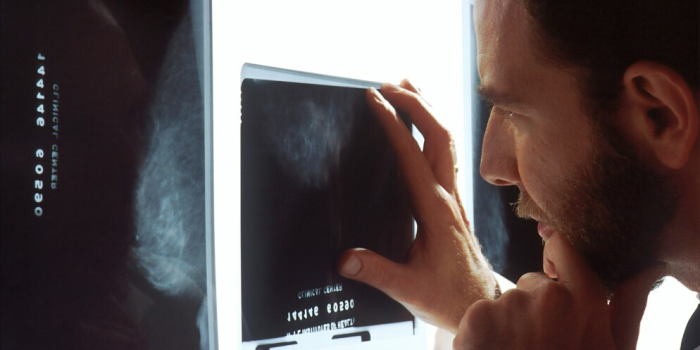AI has shown promising results in everything from cancer risk prediction to heart disease detection. However, there’s always an opportunity for improvement because AI-powered segmentation models frequently experience ambiguity and complexity.
AI in medical image analysis has great potential, but traditional segmentation methods are rigid and do not adapt well to complex situations. Tyche, MIT’s term for the Greek goddess of chance, represents an overhaul of paradigms by accepting ambiguity and embracing aberrant findings from different segmentations without requiring a lot of retraining.

Tyche uses the “context set” idea, which differentiates it from conventional methods that yield independent results and allows it to identify and handle the lack of clarity in medical imaging. Instead of retraining again and again, customers provide Tyche with a contextual dataset of sixteen photos, which enables it to provide different replies for every segmentation layer. Like human annotators, Tyche iteratively improves its analysis by synthesizing overlapping responses.
Tyche’s capacity for self-dialogue makes it possible to conduct more human-like analyses and improves diagnostic precision. Tyche’s method is appropriately compared to rolling dice by Marianne Rakic, a PhD candidate at MIT studying computer science. The model adjusts its replies depending on past observations, reducing redundancy and increasing efficiency.

Notably, Tyche catches nuances similar to human annotators and goes over conventional segmentation methods regarding speed. Although human intervention is still necessary for medical image annotation, Tyche’s effectiveness and ability to spot missed details significantly improve clinical operations.


